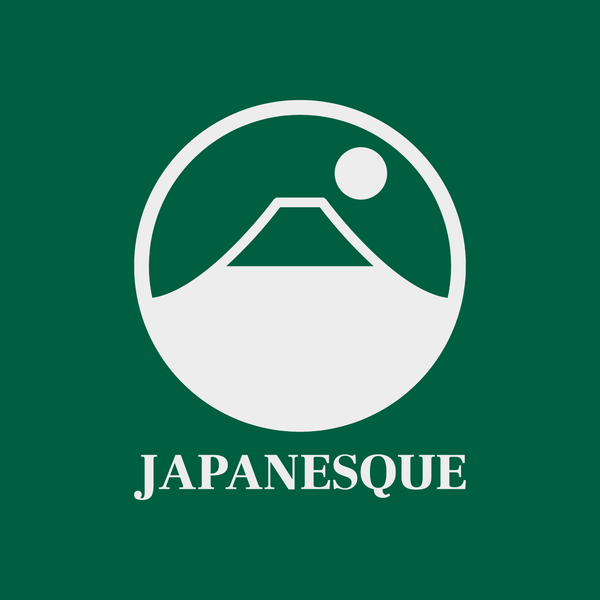5 Let’s eat with Kutaniyaki!
5 Let’s eat with Kutaniyaki!
Kanazawa
Bistro Yuiga
Japanese-style restaurant Wada
Master chef Isagi Wada
Although Kutaniyaki was once almost completely lost thanks to artisans who never gave up on the dream of its revival, and continued to protect and carry on the traditions left by those who came before them, it has survived and continued to renew itself. Kutanivaki is a diverse and varied art form, and it seems that it will show us the sequel to a dream.
Ceramic painter. Turner Mai Kitai
“My goal is to one day have my works discovered in an archaeological dig in the future. Also, I'd like to become as skilled as people in the past were with their brushwork.
Mokubei’s style
"I want my work to reflect the fact that I live in these times.”
Ceramic painter. Molder Naoto Tabata
“With Kutaniyaki, you can really make anything if you just try. I think I can make pretty much whatever I want, so I try to stay on the cutting edge and keep practicing.
When I was in high school, my hobby was prosthetic make-up art.”
"I think porcelain should be impactful!"
Ceramic painter. Turner Youka Muta
“I think the field of Kutaniyaki has a personality to it that accepts a lot of diversity. I say that as entered from outside the world of ceramics. I feel like Kutaniyaki doesn't have any strict rules about what can or can't be done, so I'm always using new paints and experimenting in a somewhat inconsistent way. Ko-Kutani is very artistic, so it's only natural that modern Kutaniyaki would also grow into an art form in its own right.”
